Italian School – Circa 1900
Peasants and Animals of the Roman Countryside
Black chalk and red chalk on paper, 21 x 14 cm (each sheet)
Provenance:
Private collection
These three drawn studies, presented together in a single frame, reflect an academic practice common in Italian studios at the end of the 19th century, where artists were trained in the careful observation of nature. Dated around 1900, they offer a lively and sensitive glimpse into rural life in the Roman countryside, featuring peasants and domestic or working animals, rendered with a blend of naturalistic precision and spontaneous graphic expression.
The first sheet shows the heads of oxen, a cow seen from behind, and a stretching dog, drawn in black chalk and red chalk. The rendering is precise and controlled, with particular attention to the textures of the animals’ fur and their natural postures. The second sheet, entirely in red chalk, depicts a seated peasant woman holding a child, accompanied by a man, along with a bust portrait of a young man wearing a 16th-century style cap, evoking the figures of the Italian Renaissance. The third sheet is dedicated to horses: three detailed studies, two of them harnessed, alongside a seated dog gazing up attentively at one of the horses.
These sketches likely served as preparatory studies for larger compositions or painted decorations. They reflect a clear appreciation for classical tradition, nourished by academic training and direct observation of life, in the spirit of artists such as Giovanni Fattori or Ettore Tito, key figures in the Italian art scene around 1900.
The use of red chalk, widely favored in academic drawing for its warmth and fluidity, brings a particular liveliness to the human figures and animals. The artist’s hand—confident yet sensitive—reveals a strong grasp of anatomy and a focus on expression and character.
This group of drawings stands as both an ethnographic document and an artistic exercise, illustrating the richness of artistic education in post-unification Italy, at the crossroads of tradition and modern renewal.







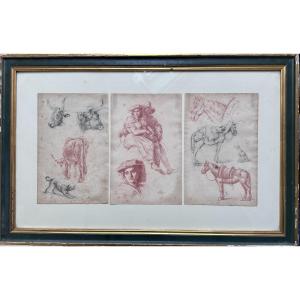









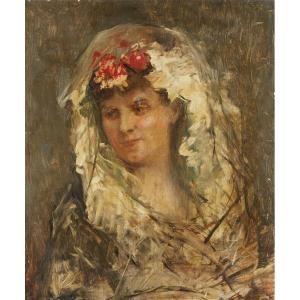





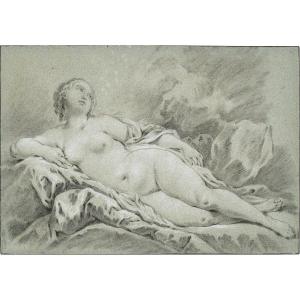

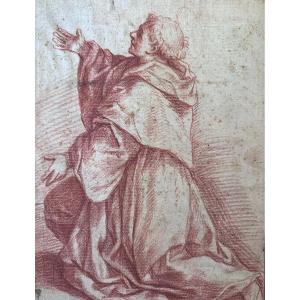




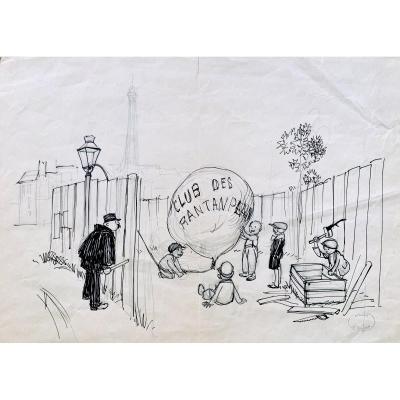





 Le Magazine de PROANTIC
Le Magazine de PROANTIC TRÉSORS Magazine
TRÉSORS Magazine Rivista Artiquariato
Rivista Artiquariato